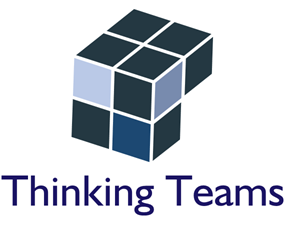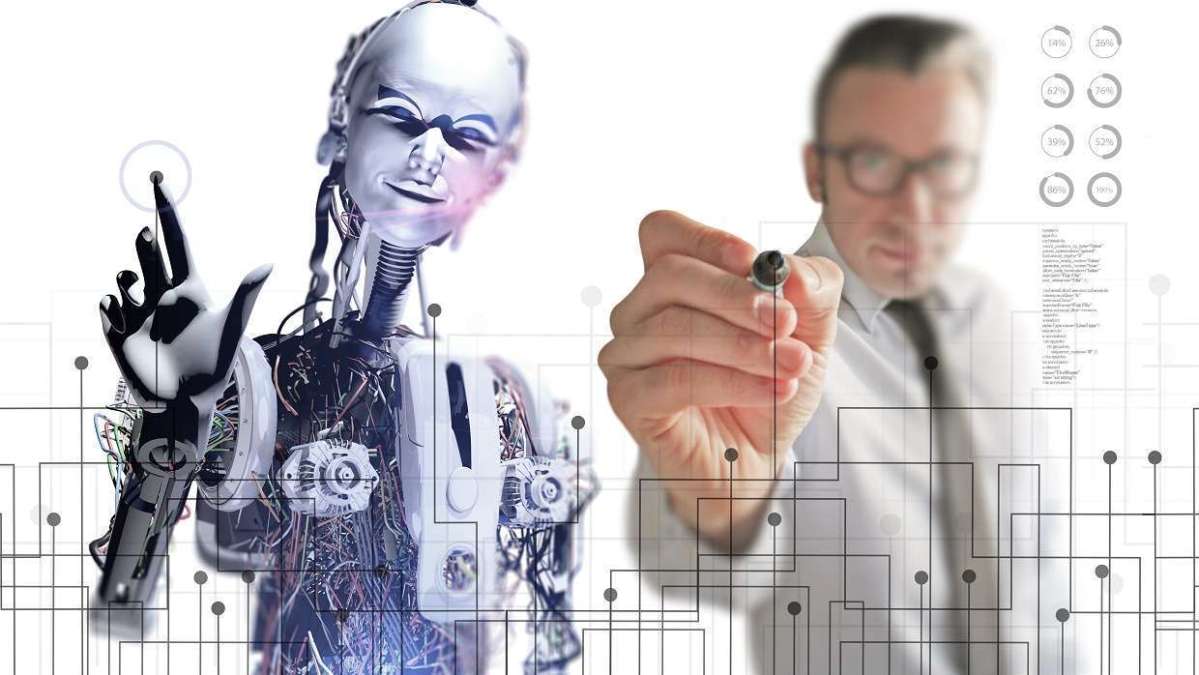Today thanks to Artificial Intelligence – machines engineered to have human-like intelligence – Siri answers our questions, Safety Sense 2.0 drives our Toyotas, cultures are bridged by Google Translate, and AlphaGo is the world champion of Go, a 2500-year-old game with more move choices than the number of atoms in the observable universe.
“It is difficult to think of a major industry that AI will not transform. This includes healthcare, education, transportation, retail, communications, and agriculture.”
Andrew Ng: Founder Google Brain and deeplearning.ai; Adjunct Professor, Stanford University
Based in the Portland, Oregon area, Thinking Teams consults with decision makers and organizations in the US and internationally. We help our clients navigate opportunities and risks presented by the development and use of advanced AI technologies.
- What is AI? What can it do? What can’t it do?
- How will AI change the world of work?
- How can AI and people best complement each other?
- What are the opportunities, challenges, and risks introduced by AI?
With broad and deep experience in AI technologies and an extensive background in organizational leadership and consulting, we work with our clients to co-create organizations founded on clear vision, open and respectful communication, effective collaboration, wholeheartedness, and where human and machine intelligence work in harmony.
Latest from the Blog
ChatGPT: AI Rising
So, in the realm of ones and zeros spun, ChatGPT emerged, a dialogue begun. In the digital tapestry, its story sown, A testament to the code, a creation well-known. ChatGPT ChatGPT and other Large Language Models have come to the forefront of AI research and public discourse over the last couple of years. What is…
How to Con an AI
AIs can perform well at all kinds of tasks, such as interpreting images or text. For example, these days deep neural networks (DNNs) get over 90% accuracy on the IMAGENET benchmark database, which requires recognition of over 20,000 types of objects in over 14 million images. Even though today’s deep neural networks have roots in…
Adapting AI Systems to a Changing Environment
AI systems rely on machine learning, a process that uses data collected from the real world to train systems by optimizing their parameters. The data collected to train an AI system represents the world at a snapshot in time, the time during which the data was collected. This makes an AI system vulnerable to changes…

